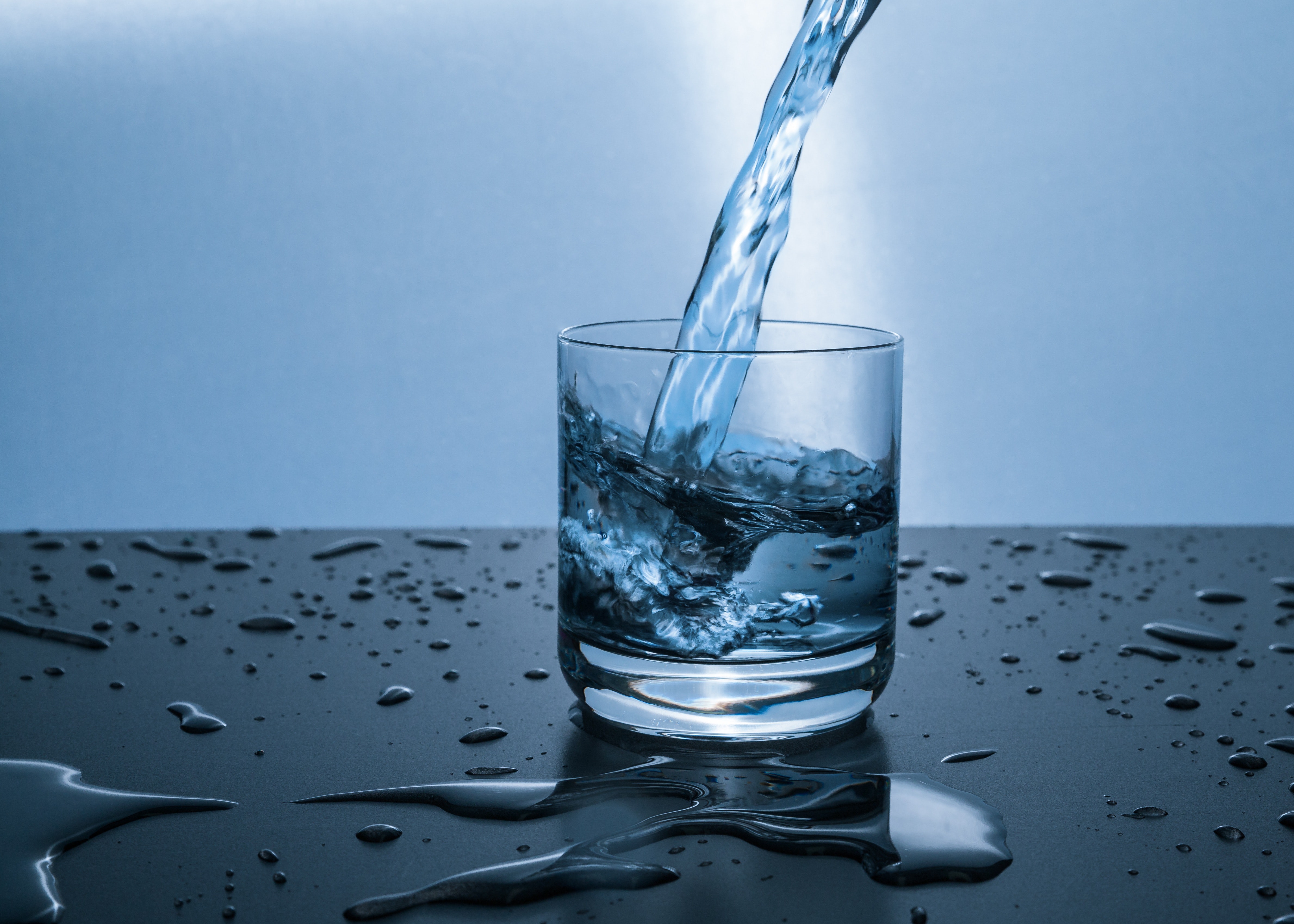
Rising global temperatures means the amount of clean surface water viable for consumption keeps decreasing by the day. Furthermore, it appears this situation may not be changing for the better anytime soon. Due to this and the ever-increasing costs of municipal and facility-treated water, many people have turned toward rainwater as a viable backup source, especially in times of interruptions or drought.
To compound our current global water situation, a lot of clean fresh water is wasted in indoor use (e.g., cooking, kitchen use, etc.). In the agricultural sector, rainwater stored in rainwater tanks has been used in farming and irrigation and livestock, with much success. Therefore, isn’t it only logical to bring collected rainwater indoors to save expense and further environmental damage of having water treated? This is why, in recent times, there are many studies conducted to look at filtering and purifying rainwater as a means to make rainwater safe for drinking and other indoor uses.
Do you need to filter and purify rainwater?
Yes and no. This all depends on how the collected rainwater in a tank is used. For example, underground concrete rainwater tanks can last a lifetime, and the stored rainwater there could last years with virtually no maintenance. But the acidity in rainwater plus the high calcium deposits in poor-quality concrete can combine to make hard water. This water is generally safe for basic household chores like doing the laundry, washing your cars, general cleanup or fighting bush fires but may not be safe for watering crops. If you’re only using the collected rainwater for outdoor use, you won’t need any purification systems; but some basic filtration is required to keep out most dust, leaves, etc.
On the other hand, if you’ll be using the harvested rainwater indoors—for kitchen sanitation or food prep uses, for example—a basic filtration and purification system is needed. As said, the filters keep most unwanted particles and residue from your tank; purification destroys all bacteria and viruses that come naturally with collected rainwater. Filtration in every system includes screen filters, paper filters, and carbon or charcoal filters. Purification and disinfection may come in the form of chlorination, ozonization, UV light, and membrane filtration. This basic system is designed to turn initially unsafe-to-drink rainwater into water as safe as well or tap water.
Regardless of how you use the stored rainwater, sediments may still be present in the water, so some basic filtering is still necessary to keep out dust, sand, and other physical contaminants out of the incoming water.
The right tank for the right job
Rainwater tanks serve the purpose of storing rainwater perfectly. However, different situations call for different kinds of tanks. Here are two types of tanks that could work well with filtration and/or purification systems:
-
Concrete. Rainwater tanks made of concrete, built above ground or underground, is one of the most durable materials, sometimes outliving its owner when built correctly and according to standard. When lined with food-grade plastics or stainless steel, the rainwater stored inside does not turn into hard water and could last decades. Concrete tanks are most common in agricultural properties or larger properties, which means the water could only be used as a backup greywater source. Filtration is still needed, nonetheless, to keep out larger sediments from entering the tank.
-
Steel. Steel rainwater tanks store less water than concrete tanks but are most likely cheaper and easier to setup. These types of tanks last at least 35 years, though not as long as concrete. Stainless steel is resistant to low pH (acidic) rainwater, but some minimal maintenance is still needed to check for corrosion or degradation, which is highly unlikely. A possible setup is to have one collection system connected to two separate tanks, one for indoor use and consumption (designed with filtration and a purification system) and the other for outdoor use (only filtration).
Water is a vital resource for the planet’s survival. In current times, now more than ever, we need to conserve as much water as we can. And getting a rainwater tank is one asset that pays for itself in the long run.



Leave A Comment